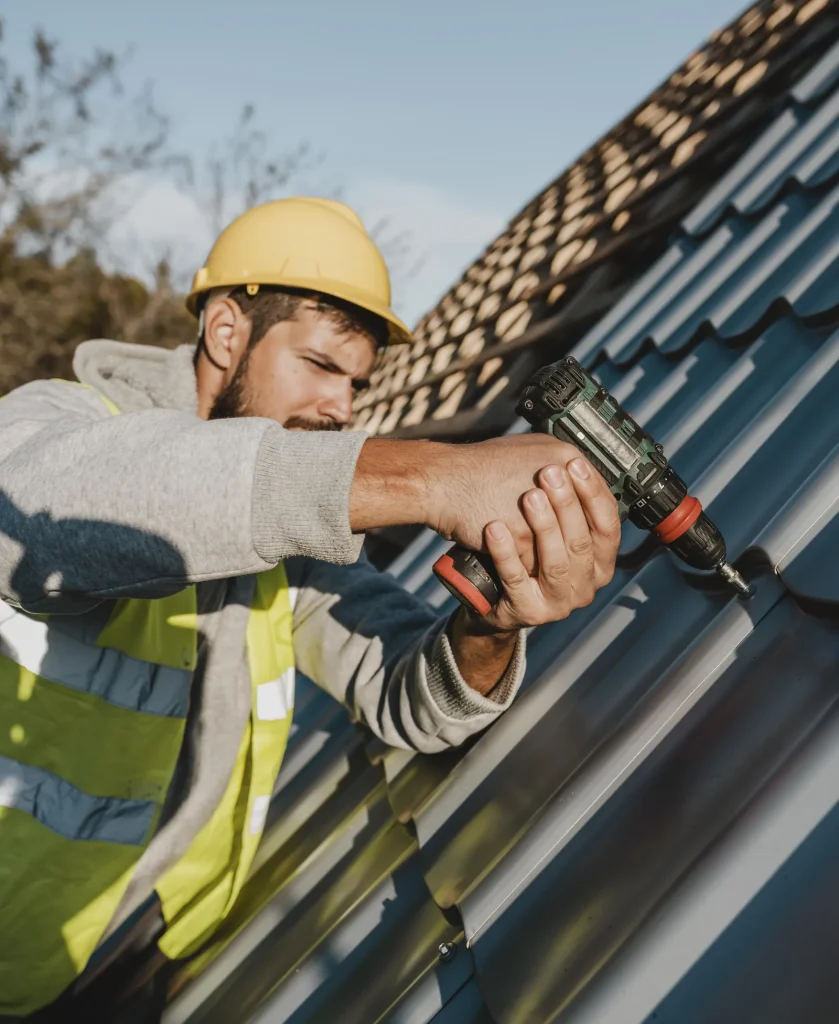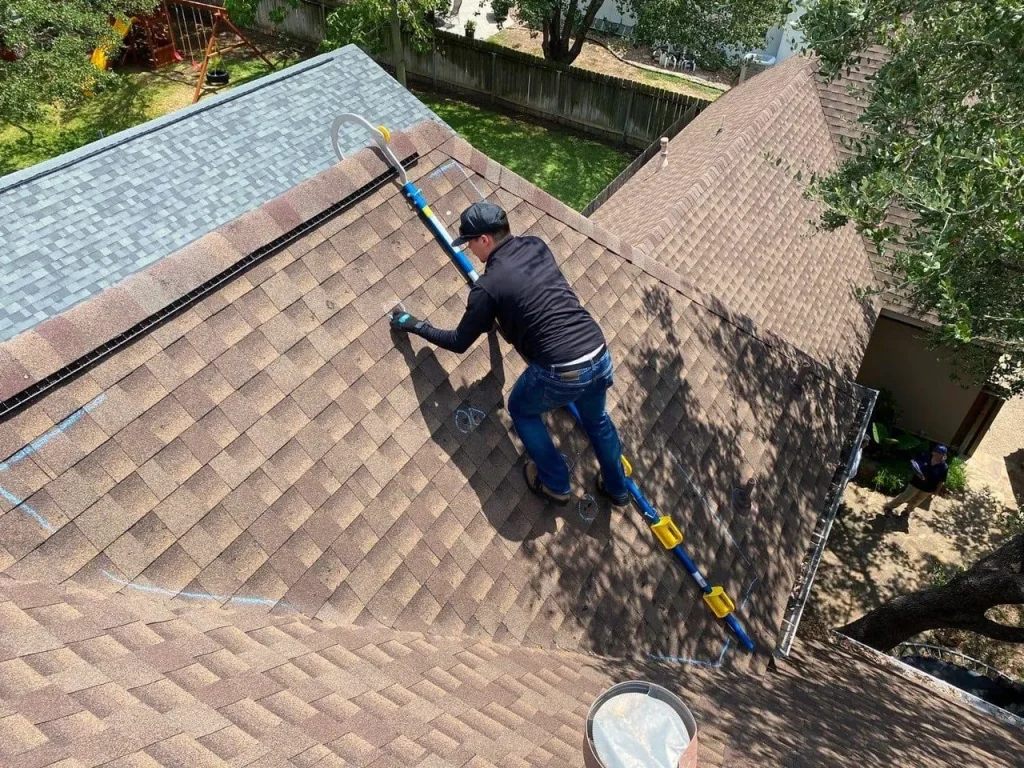RATED 5/5 by customers
Chimney Cap Replacement in Surrey
We provide exceptional Chimney Cap Replacement services to their clients in Surrey. Our service is carried out by team of experienced and skilled roofers who prioritize efficiency, reliability, and professionalism.
- 20+ years experience and fully insured
- 20 years warranty on new roofs
- 10 years manufacturer's guarantee
- 5 years warranty on repairs
Harry Fowdar
Called this company back in February with torrential rains and water was getting in, they arrived same day and put a temporary cover on ,provided us with a quote and had our new slate roof completed within 2 weeks.
Let’s Fix Your Roof – Fast & Stress-Free
It only takes 30 seconds – no pressure, no obligation.
- Privacy protected we will only use your details for the purpose of quotation.
Fully Registered & Accredited:









